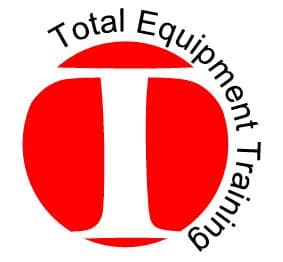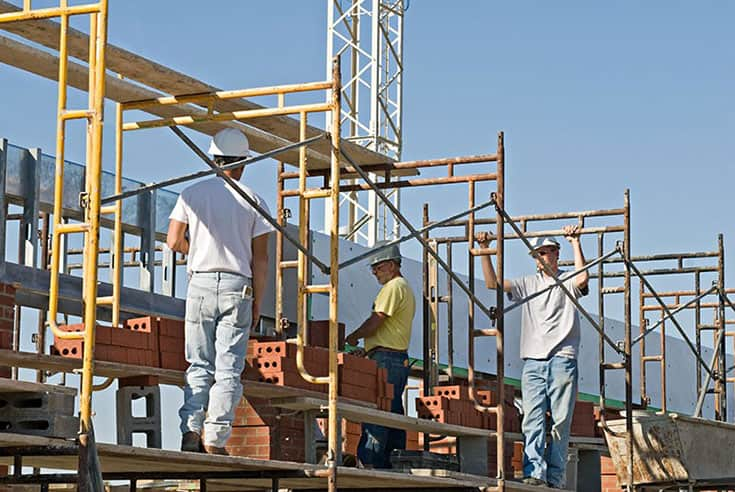OSHA reports more than 4,500 workers are injured each year in scaffold-related incidents, sixty of which are fatal. 89% of those injured or killed on scaffolds are craftsmen skilled in many areas but lacking scaffolding training.
Employers are required to train all employees who perform work while on a scaffold or around scaffolding (OSHA 1926.454(a)). Training is performed by a competent person; someone who has a recognized degree, certificate, professional standing, or extensive knowledge, training, or experience to solve or resolve scaffolding issues and qualified to recognize hazards associated with the type of scaffolding being used and how to control or minimize those hazards.
Total Equipment Training offers Scaffolding Competent Person Safety Training and Scaffolding Assembly/Disassembly training.
Scaffolding Safety Hazards
When working on scaffolding you need to be aware of potential dangers that exist. The first step in preventing accidents and injuries is to identify the hazards. The three most common hazards are:
- Electricity: Overhead wires pose a hazard for scaffold workers. A minimum of 10 feet shall be maintained between energized lines and scaffolding assemblies. This includes any conductive material or equipment you may be using. You do not have to directly touch a power line to be electrocuted. Metals such as copper and aluminum are good conductors of electricity. So is the human body. If you need to work within 10 feet of a power line, contact the utility company so they can de-energize the lines or move them. If electrical arc welding or similar jobs are being done on a scaffold, the scaffold must be insulated or grounded.
- Falls: All scaffolding requires some type of fall protection. Typically, through the use of guard rail, personal fall arrest systems, and toe boards. Employers must provide fall protection for each employee on a scaffold more than 10 feet above a lower level. The competent person will determine the need for fall protection for employees erecting or dismantling scaffolds.
- Falling Objects: To protect employees on or around the scaffolding from falling tools, debris, and other objects, toe boards, screens, guardrail systems, debris nets, catch platforms, canopy structures or barricades should be put in use. Hard hats should be worn at all times.
Total Equipment Training provides scaffolding training, as well as, comprehensive training on Fall Protection Safety and Systems.
Another large safety hazard is overloading the scaffolding platform. The load capacity of a scaffold depends on its design and application. Scaffolds and its components must be capable of supporting four times the maximum intended load. This includes personnel, equipment, and supplies. When a heavy load it placed on the scaffold platform, it may bend or break due to the added stress from the excess weight. Weight should be equally distributed throughout the platform or placed by the vertical or horizontal supports.
When do you have to Renew your OSHA Scaffolding Certification?
While OSHA does not require re-certifying your employee it is prudent for employers to require refreshers every three years as is required for forklift operators. Employers are required to provide training, re-training whenever an employer sees that an employee lacks the skill or understanding needed for safe work involving erection, use, and dismantling of scaffolds. Re-training is also required when the worksite presents a new hazard the employee has not been previously been trained. This may include changes of scaffold types, fall protection, falling object protection, or any other site-specific hazard.
How Total Equipment Training Can Help You Receive an OSHA Scaffolding Certification
Total Equipment Training has been providing OSHA scaffolding training for over a decade. We offer both online videos and in-person training at your facility for your employees. Read about how we can help with OSHA scaffolding certification and training here.



